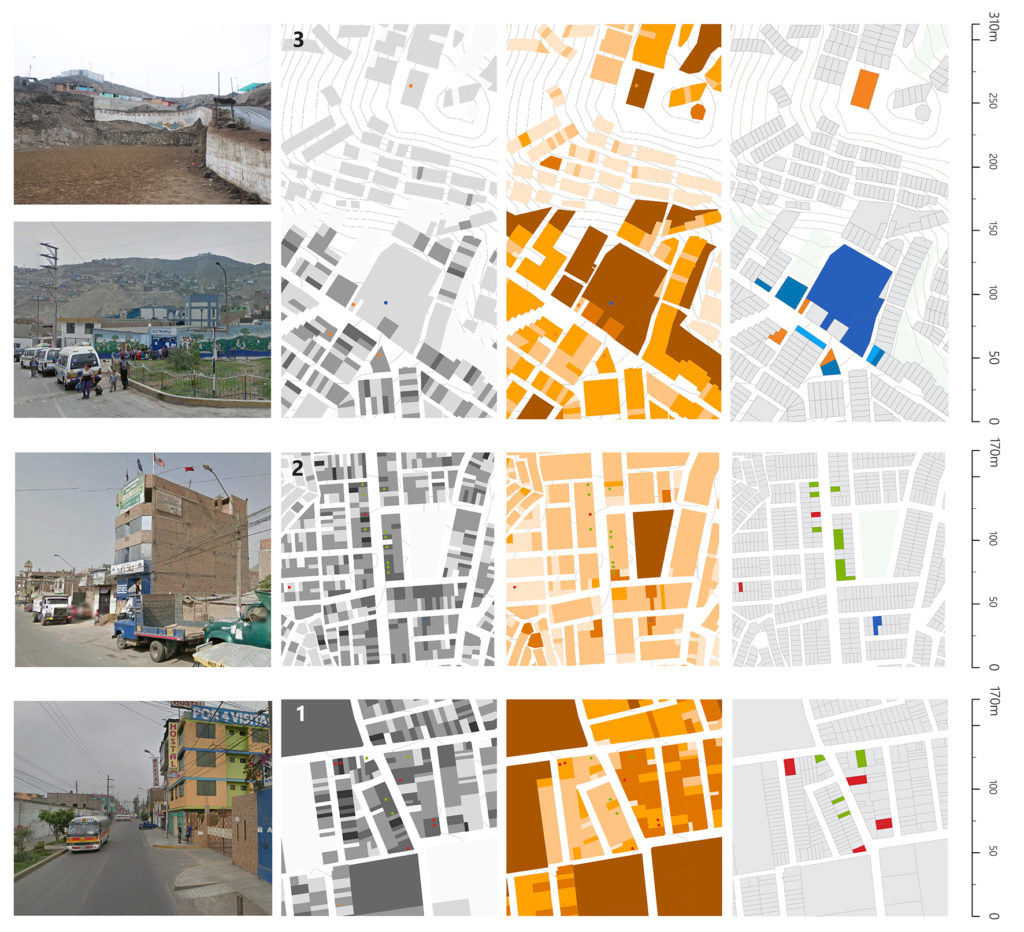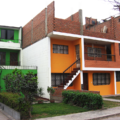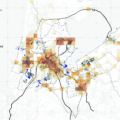Informality; Global South; segregation; spatial justice; urban morphology
Journal Paper co-authored with Birgit Hausleitner and Marcin Dąbrowski, published in Urban Planning Vol 5, No 3 (2020): Cities of Inclusion—Spaces of Justice

Abstract: Planning practice in the Global South often defines a border between formal and informal developments ignoring the complex and nuanced reality of urban practices and, consequently, worsening segregation. This article proposes an alternative view of socio-spatial segregation that shifts the distinction between formal/informal towards one that emphasises access to opportunities and their relationship with the spatial structure of the city. Under this alternative framework, applied to the case of the Valle Amauta neighbourhood in Lima, Peru, we reflect on how socio-economic activities, shaped by spatial conditions and social practices, increase or reduce socio-spatial segregation. Our findings suggest that a shift towards strategies aimed at increasing accessibility to centrality, provided by the density of social and economic activities, could offer new opportunities for planning practice and theory in the Global South.
Access to the full article: https://doi.org/10.17645/up.v5i3.3047







